What is osteoporosis?
Osteoporosis happens when the bone structure breaks down and they become so weak and brittle that they can easily fracture as a result of a minor bump or fall. This can happen in any bone but more so in the hip (which may then need hip replacement surgery), the wrist (which can cause arm deformity), or even the vertebrae of the spine causing a permanently misshapen forwardly-curved back. These fractures can be extremely debilitating and painful and can result in loss of mobility.
How does bone grow?
We may think of bone as a strong, solid and lifeless scaffold, but in fact our bones are a dynamic and living tissue made up of protein fibres called collagen hardened with minerals, mainly calcium, interspersed with specialised bone cells working together to maintain and renew our bone structure.
Bone turnover or remodelling happens all the time as the bone-building osteoblasts make new bone and bone-destroying osteoclasts break it down. It is this continual process that allows children’s bones to grow, that mends broken bones and builds bone mass, but if this process gets out of balance with more bone lost than new bone made, then bone density is reduced.
In early life, bone grows faster than it is broken down and is at its most dense around the age of 25-30, when bone growth equals bone loss. From then on more bone is lost than replaced and bone density decreases, its rate depending on a variety of environmental and inherited risk factors.
What you need to make bone strong
Calcium makes bones hard and strong, but getting enough calcium into your bones depends on other factors, such as vitamins, minerals and hormones. Vitamin D helps your bones absorb calcium from the kidneys and intestines. You may be getting enough calcium in your diet, but you may not be using it all efficiently. Vitamin D is manufactured by the skin when exposed to sunlight and 15-30 minutes exposure per day should be enough to get your vitamin D dose. The further south you live in New Zealand, the weaker sunlight means you need more time in the sun to ‘make’ this vitamin, especially in winter. For the same reason dark-skinned persons need longer in the sun than light-skinned persons.
Although 99% of your body’s calcium reserve is in your bones there is also some in your blood and tissues where it plays a very important role in many body functions including muscle contraction, hormone secretion and nerve transmission. If circulating calcium levels fall by a tiny amount, a hormone called parathyroid hormone (PTH) is produced to raise calcium in the blood by removing calcium from bone. So it’s important to get enough calcium into the body to preserve bone mass.
Oestrogen in women and testosterone in men are important in maintaining strong bones as they both slow down the rate at which bone is broken down. This is why menopause is a time when women may develop osteoporosis, as their oestrogen levels fall.
Risk factors
- Premature menopause
- Immobility due to disability
- Too little exercise (less than 30 minutes per day)
- Some inflammatory diseases e.g. rheumatoid arthritis
- Steroid-based medication such as prednisone and anticonvulsant drugs (for treatment of epilepsy or bipolar disorder) can weaken bones
- Smoking and excessive alcohol (more than four units per day) can deplete calcium reserves in bone
- Genetics has a role to play particularly if you are of small slim build
- If a family member has osteoporosis, your risk increases
- Missed periods caused by over-exercising or anorexia can result in low oestrogen
- Inflammatory bowel disease, coeliac disease or liver disease can affect calcium absorption.
Treatment and prevention
1. Get the recommended amount of calcium in your diet
Make sure you have at least 800-1200mg calcium per day in your diet (depending on your age; the young and old need more). This is important at all ages and maintaining sufficient calcium intake in children can prevent osteoporosis developing later in life. Calcium rich foods include:
- Dairy (four servings per day, preferably low fat)
- Green leafy vegetables like broccoli and spinach
- Nuts (especially almonds)
- Baked beans
- Grains and cereals
- Mussels
2. Take preventative measures
- Keep your bones strong with regular weight-bearing exercise and sports, such as walking running, tennis and weight-training for at least 30 minutes each day.
- Prevent bone density loss by limiting alcohol and not smoking.
- Keep your vitamin D levels up (500-1000 units per day) by short exposure to sunlight and from foods such as oily fish like tuna and sardines.
- Good nutrition helps you balance nutrients needed for healthy bones. Some minerals are needed for calcium to work properly, such as magnesium, which is found in nuts seeds and green leafy vegetables.
3. Check bone density
Ask your GP about having a bone density scan if you are at higher risk of osteoporosis. This is a form of X-ray available in some centres that will give you an indication of your bone density and may predict your risk of subsequent fracture. Often you don’t know you have osteoporosis until a bone is fractured.
4. Seek treatment
Your treatment options are:
- Biphosphonates – are drugs which prevent bone breakdown.
- Selective oestrogen receptor modulator drugs (SERMs) – work by mimicking the effects of oestrogen in slowing down bone breakdown. (however, they have an increased risk of vein thrombosis).
- Calcium and vitamin D supplements – can help prevent osteoporosis getting worse, particularly in frail elderly people.
- Monoclonal antibody treatment – denosumab
- Hormone Replacement Therapy (HRT) – to replace oestrogen in post-menopausal women is available but currently not recommended due to an increased risk of breast cancer.
5. Adjust your lifestyle
If you do have osteoporosis, take extra care not to fall, use aids to maintain balance, such as a handrail or stick and take care when lifting to protect your spine.
Falls prevention programs are available in many regions to reduce the risk of falls.






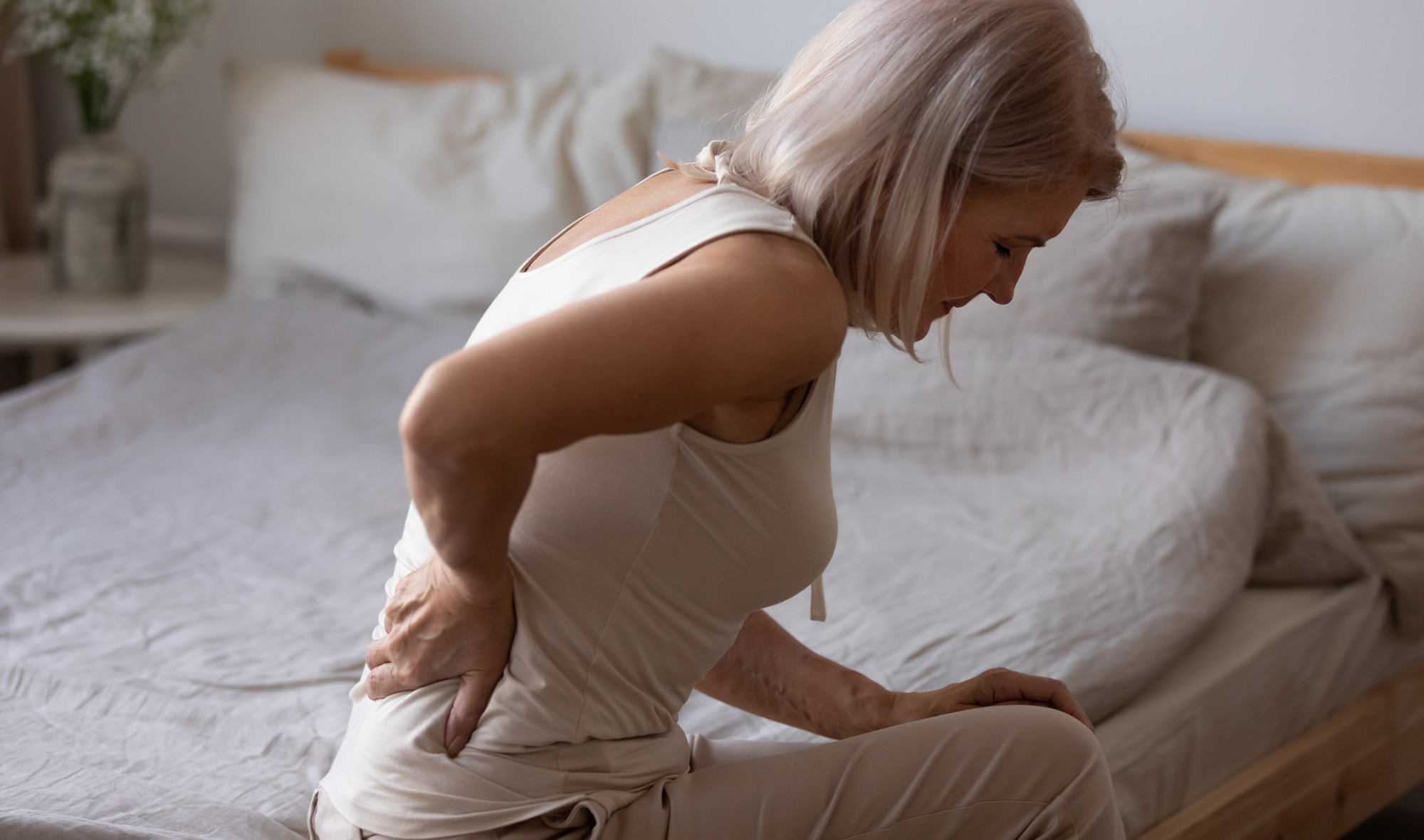
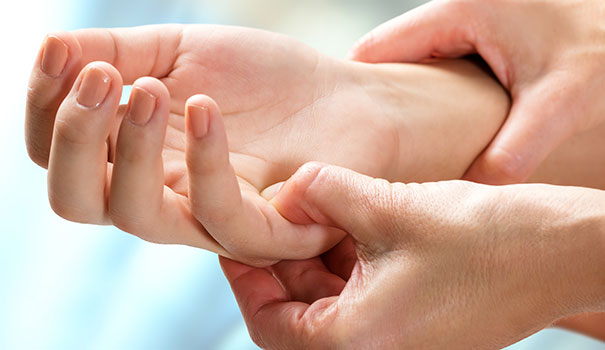
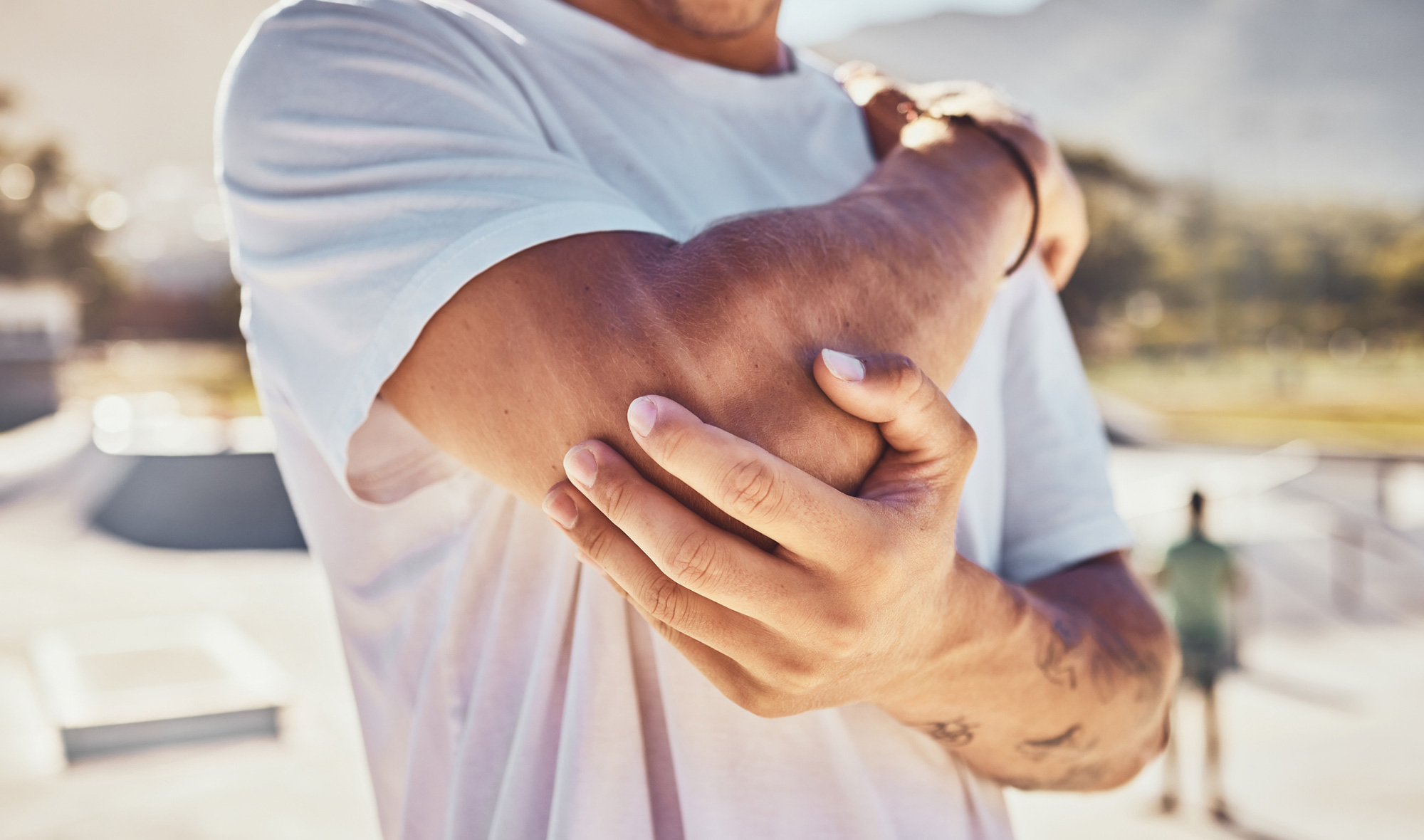
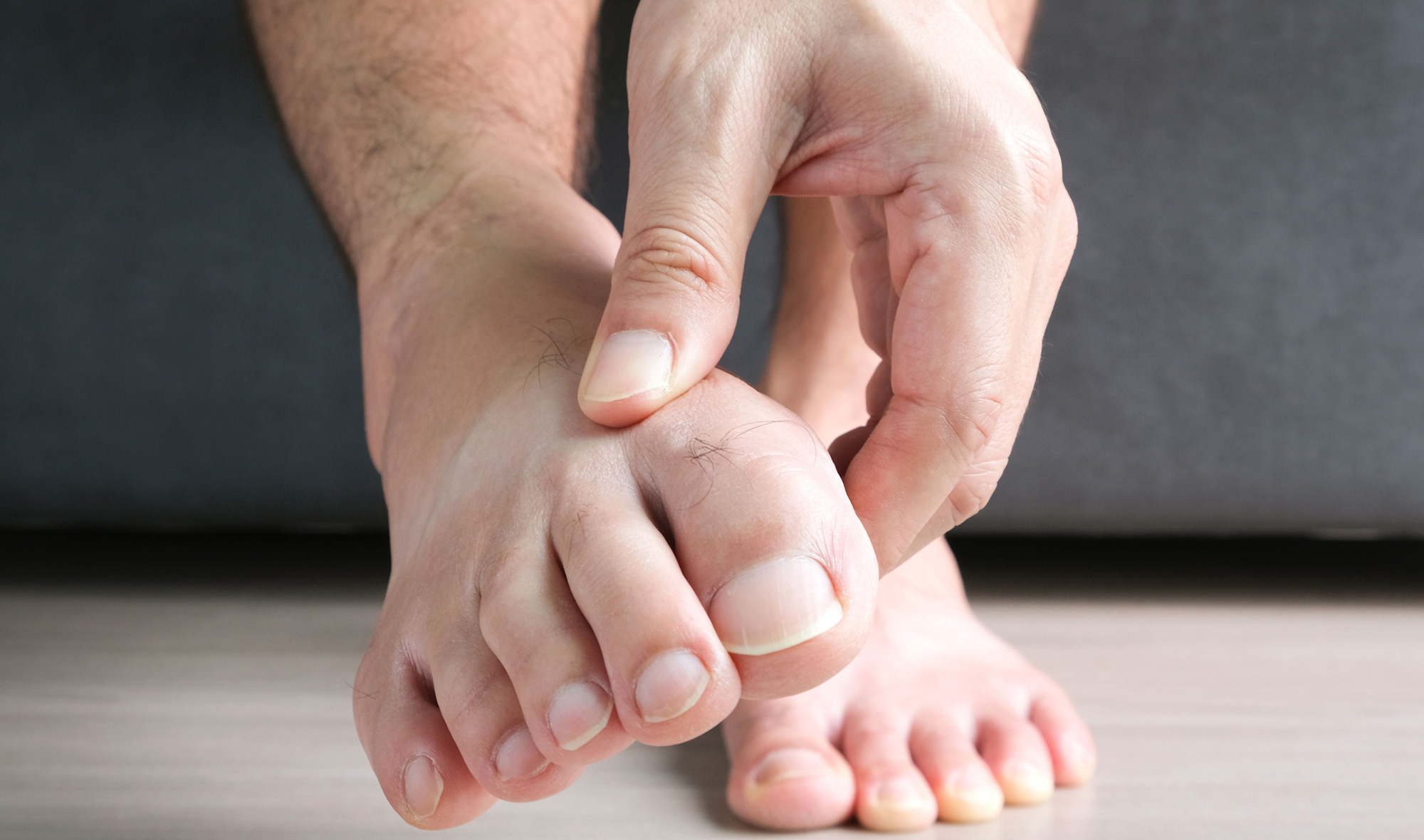
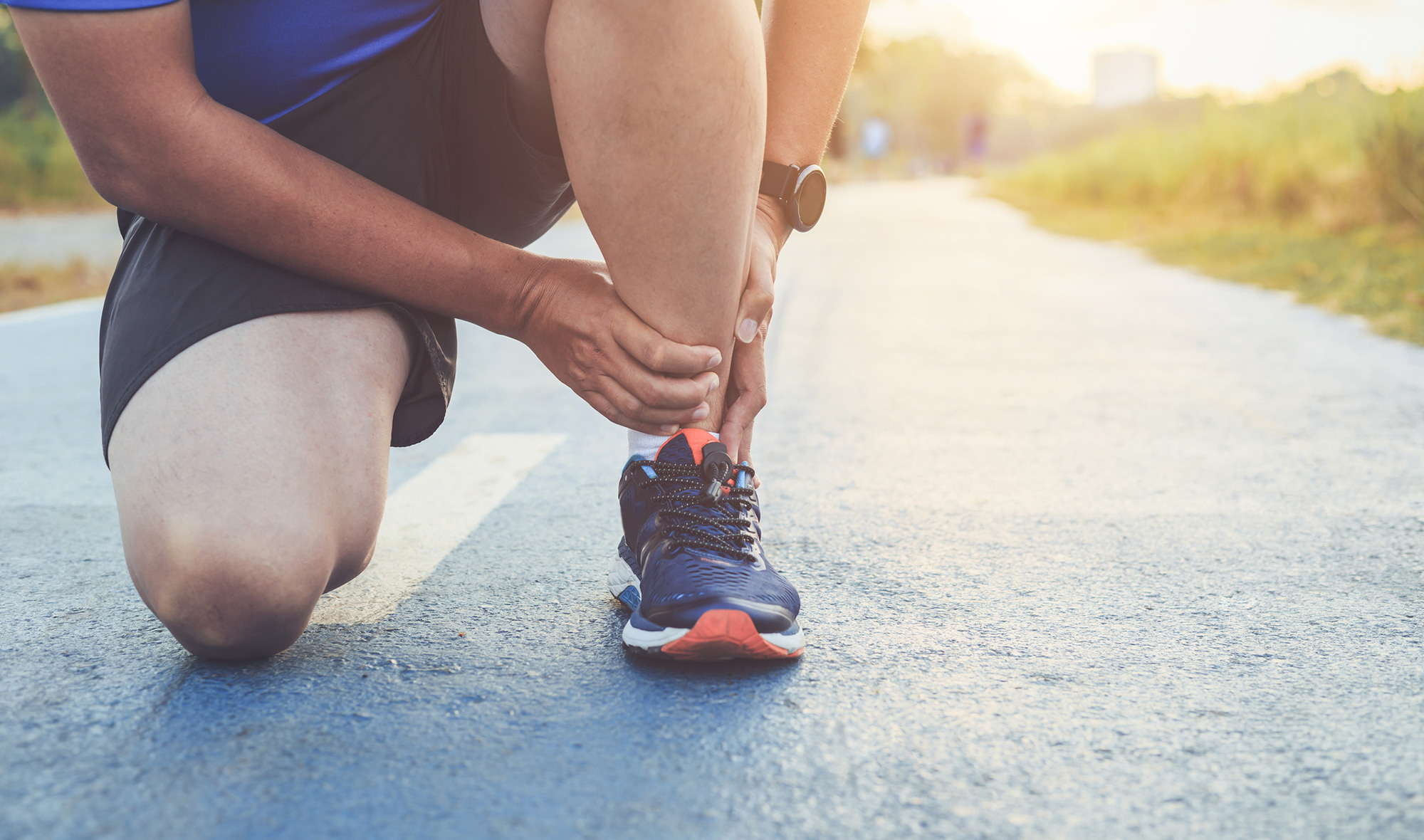


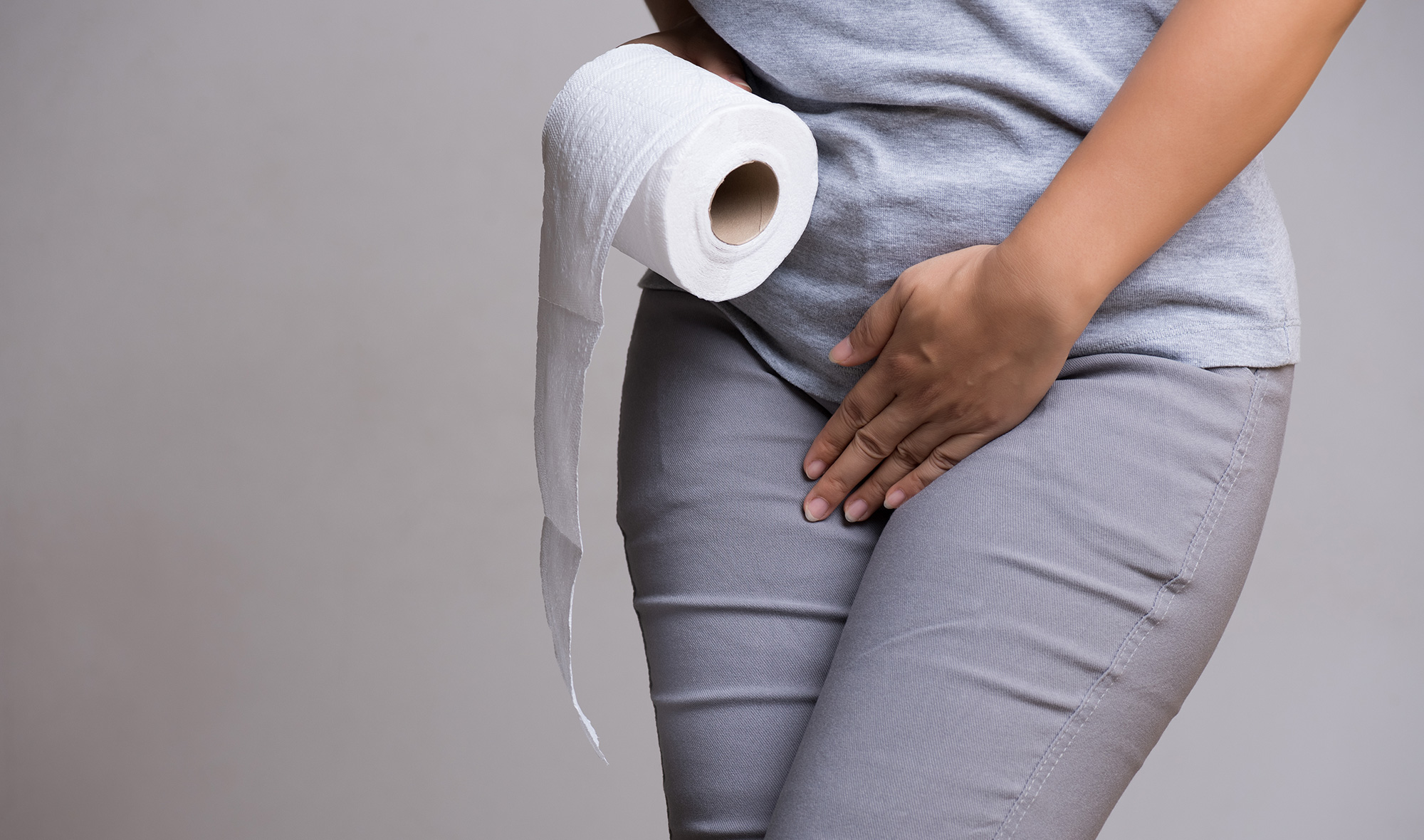
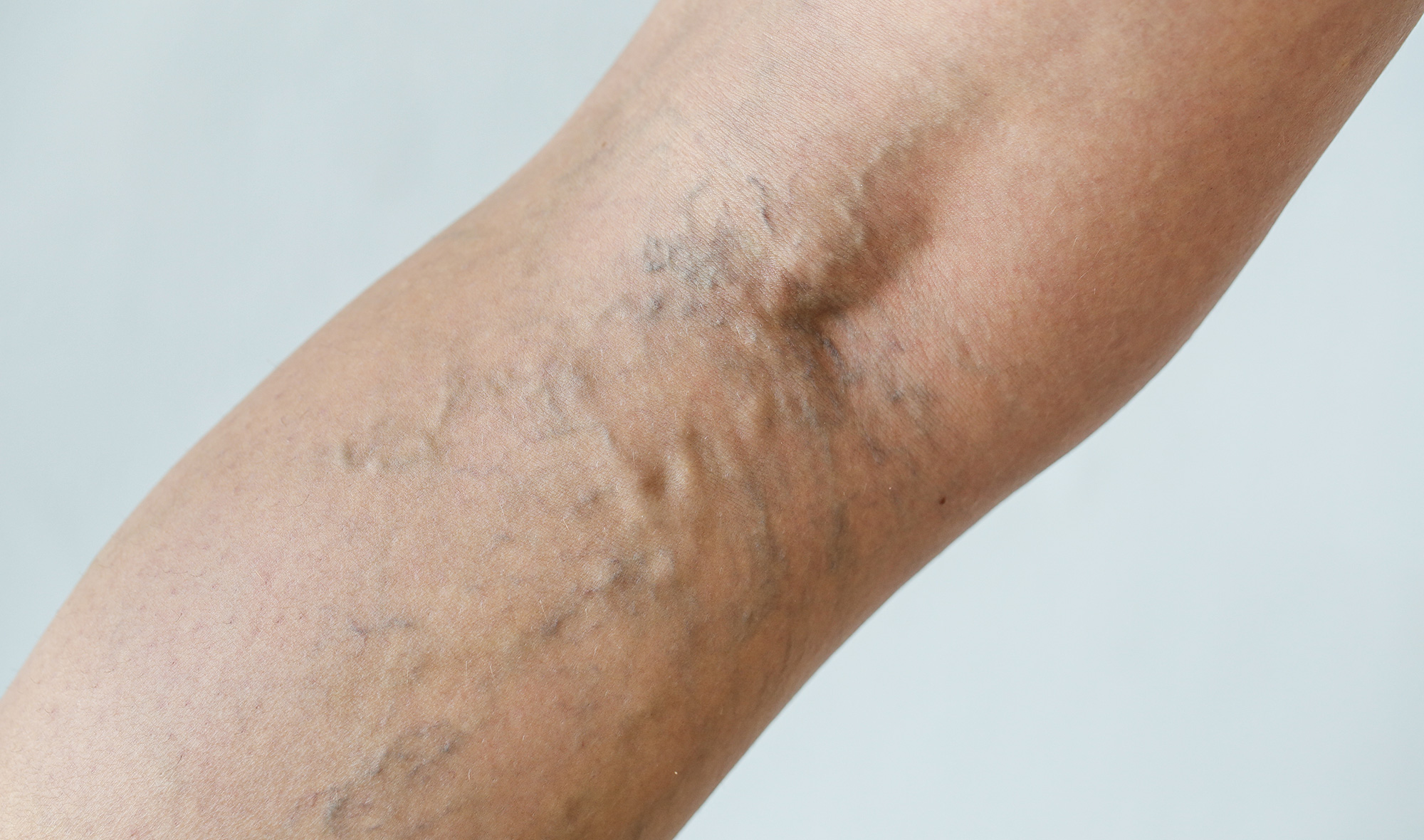
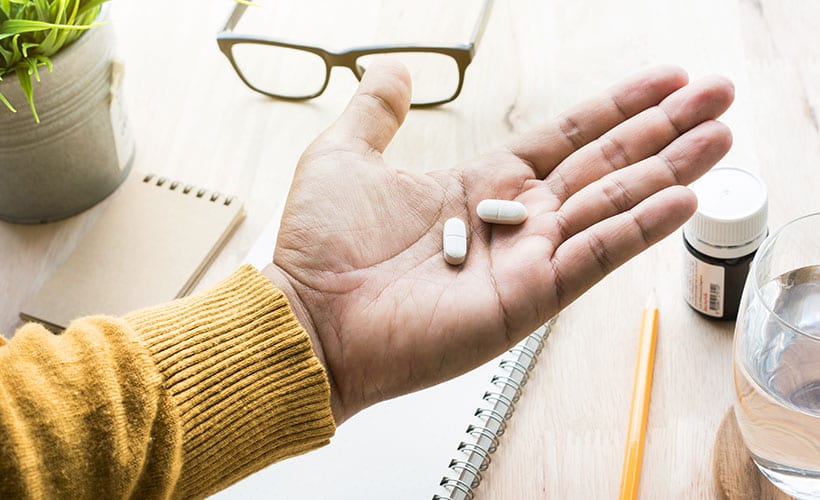
Community